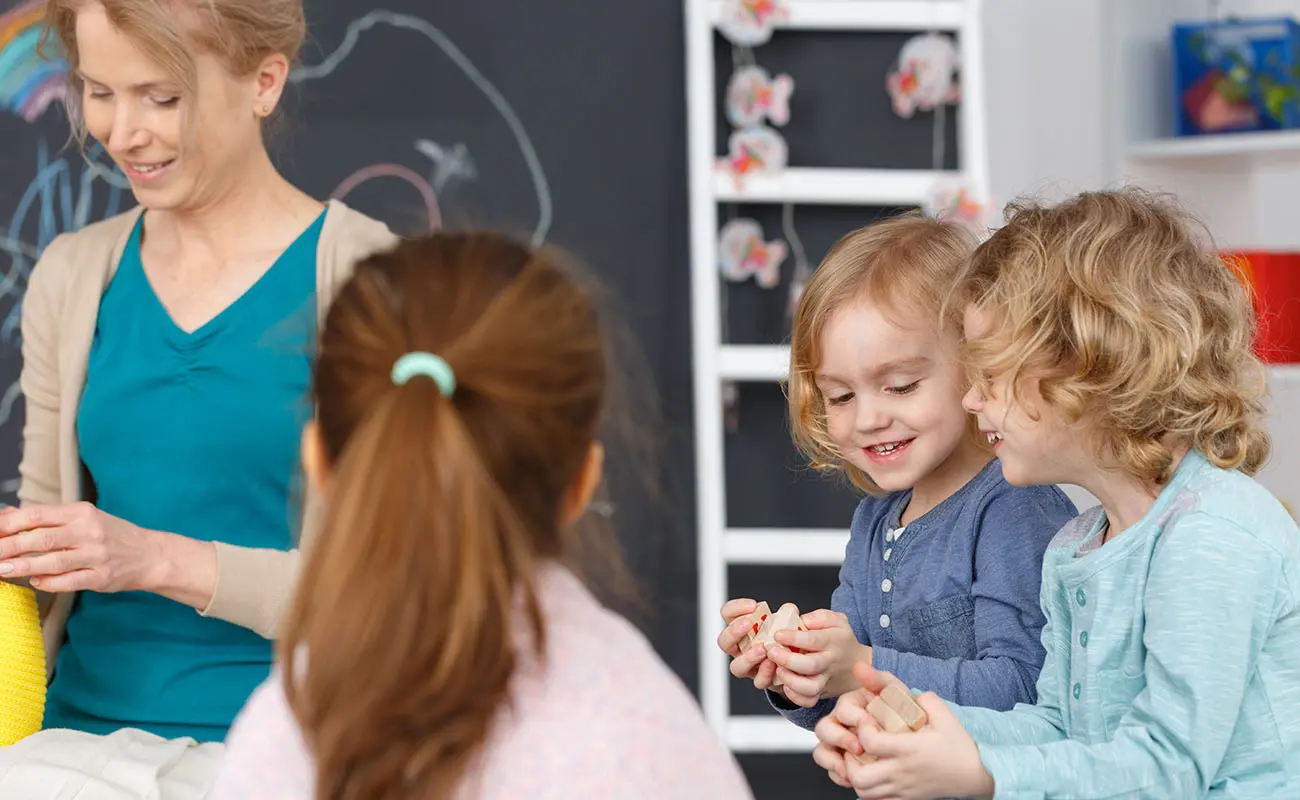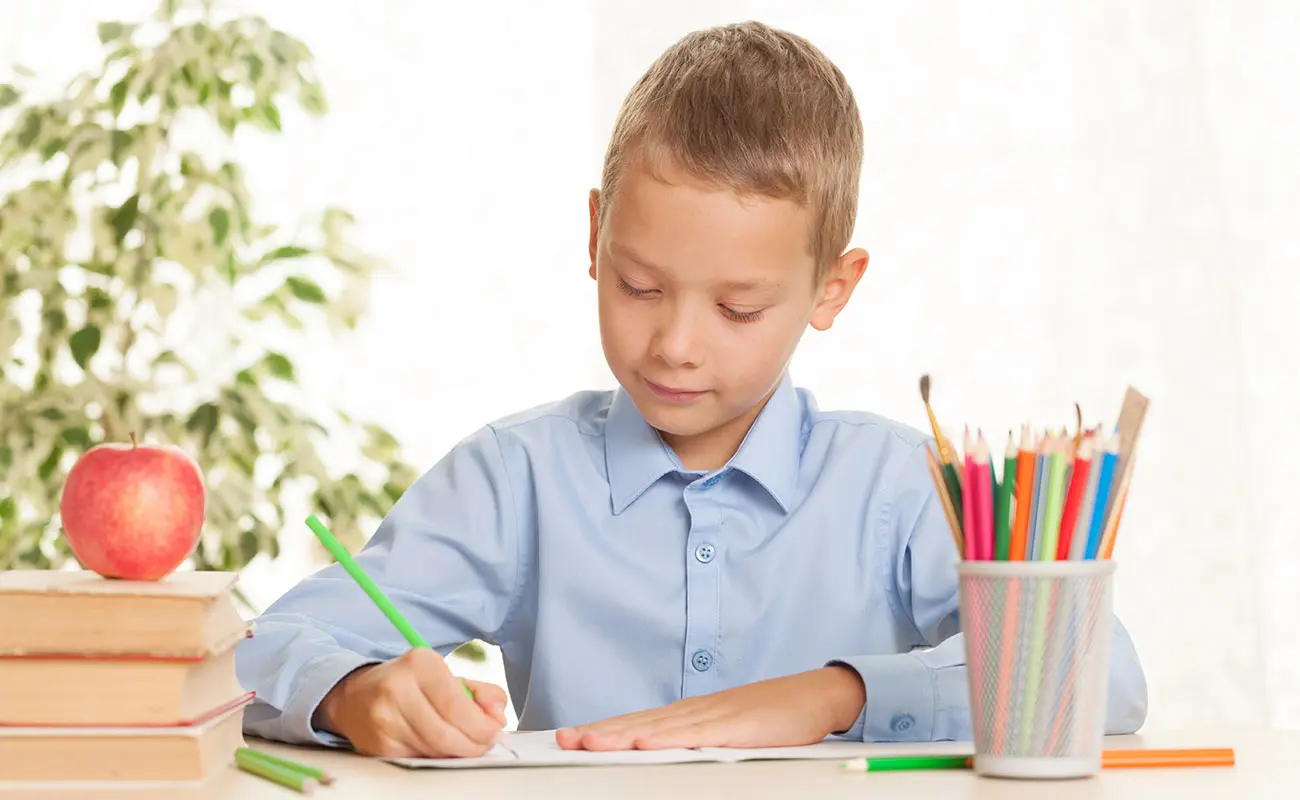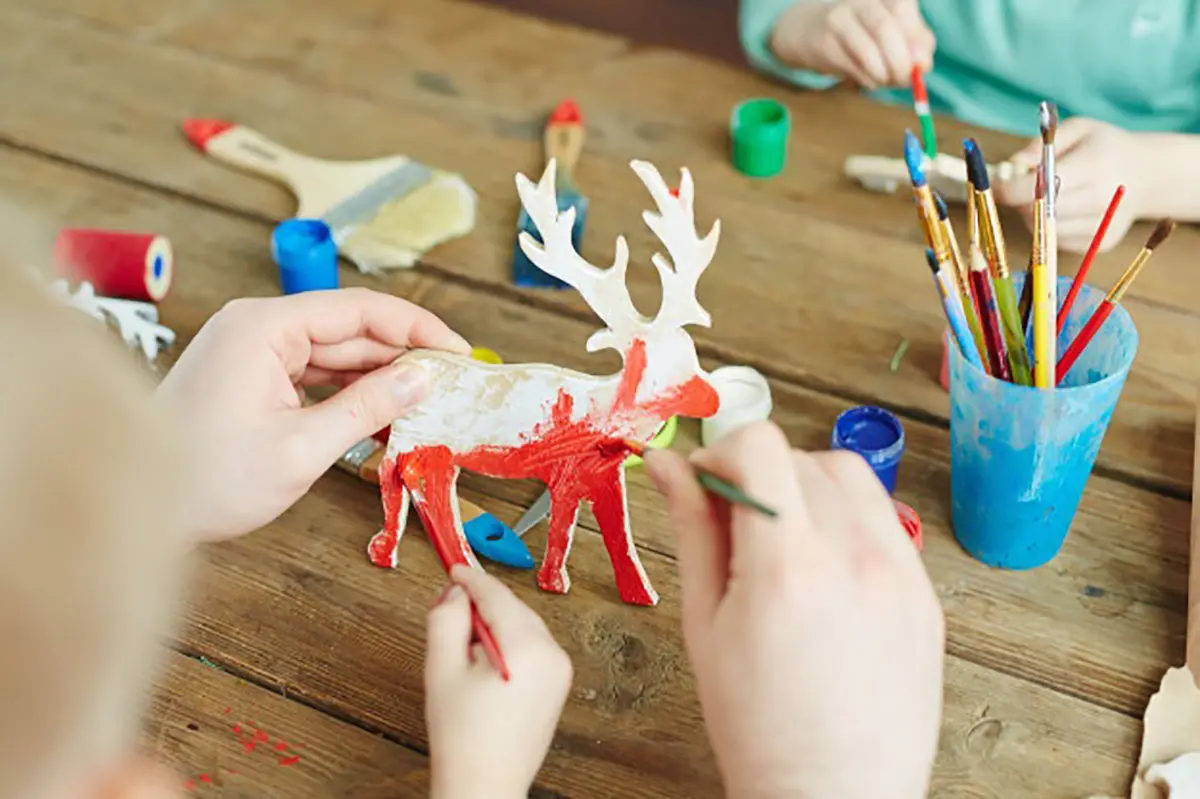How to help your children be smart
4 Şubat 2020

Bizimle Kal, Güvende Kal!


Oh, that’s how that works—wow! Your preschooler’s...
4 Şubat 2020

Why are preschool classrooms still full of simple, clas...
22 Kasım 2019